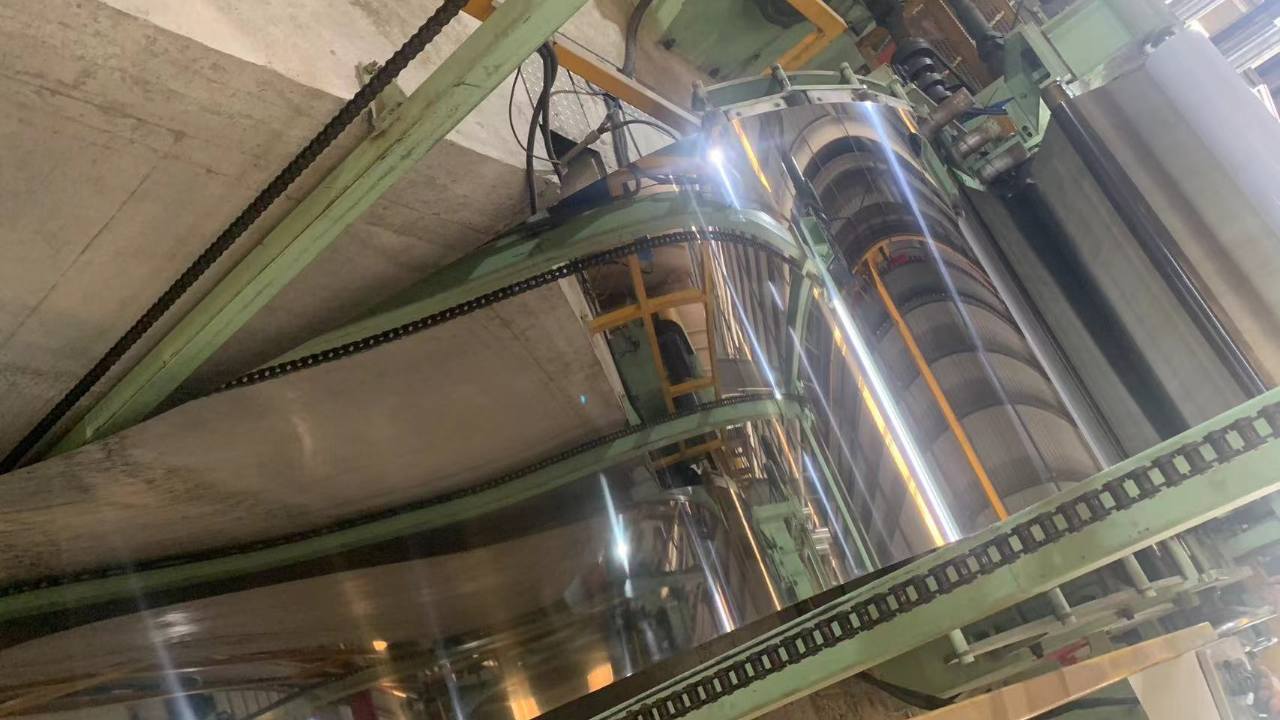Ferrous metals occupy an important place in modern industry and construction, and their high strength, ease of processing, and wide range of applications make them the material of choice for many engineering and manufacturing projects.At Aoxing steel mill, we primarily offer a variety of stainless steel materials. This blog post mainly explores whether stainless steel is classified as a ferrous metal and the differences between stainless steel and traditional ferrous metals.
What Is Ferrous Metal?
Ferrous metals mainly refer to metal materials with iron as the main component, and they are widely used in industry and construction. Ferrous metals include iron and ferroalloys,which are mainly divided into steel,cast iron and pig iron.
Ferrous metals have some common properties:
Magnetic: Most ferrous metals are magnetic, especially mild steel and pig iron.
Trength and hardness: Ferrous metals typically have high strength and hardness, making them suitable for applications that are subject to high stresses and loads.
Machinability: Ferrous metals can be machined through processes such as forging, casting, welding, and machining.
Corrosion-susceptible: With the exception of stainless steel, ferrous metals are prone to rust in humid environments and require coatings or other protective measures to prevent corrosion.
Is Stainless Steel Ferrous?
The main component of stainless steel is iron, so from a metallurgical classification perspective, they are classified as ferrous metals. Although stainless steel’s specific alloy composition (such as chromium, nickel, molybdenum, etc.) gives it different properties than ordinary carbon steel and cast iron, such as corrosion resistance and in some cases non-magnetic properties, these differences do not change its status as black Classification of metals.
Chemical composition:Stainless steel is an alloy of iron, usually containing at least 10.5% chromium, and may also contain other elements such as nickel, molybdenum, manganese, etc. Although these elements significantly change the properties of stainless steel, its base component is still iron.
Magnetism:Although austenitic stainless steels among stainless steels (such as 304 and 316 stainless steel) are basically non-magnetic, while ferritic and martensitic stainless steels (such as 430 and 410 stainless steel) are magnetic, changes in these magnetic properties do not affect their As a classification of ferrous metals.Visit news website for more technology news.
What’s The Difference Between Stainless Steel And Traditional Ferrous Metals
There are significant differences between stainless steel and traditional ferrous metals (such as carbon steel and cast iron). These differences are mainly reflected in chemical composition, performance and application fields. Here are some of the main differences:
Chemical composition
Stainless steel: Contains at least 10.5% chromium and may contain nickel, molybdenum, titanium and other elements. These alloying elements give stainless steel its unique corrosion resistance and other excellent properties.
Traditional ferrous metals: The main components are iron and carbon, usually with no or very few alloying elements. Carbon steel and cast iron are the most common traditional ferrous metals.
Corrosion resistance
Stainless steel: Due to the content of chromium, a dense protective film of chromium oxide will be formed on the surface to effectively prevent further corrosion. Stainless steel has superior corrosion resistance in humid environments, chemicals, and acid and alkali environments.
Traditional ferrous metals: susceptible to rust and corrosion, especially in humid environments, requiring coatings or other protective measures to prevent corrosion.
Magnetism
Stainless steel: Austenitic stainless steels (such as 304 and 316 stainless steel) are generally non-magnetic, while ferritic and martensitic stainless steels (such as 430 and 410 stainless steel) are magnetic.
Traditional ferrous metals: Usually magnetic.
Strength and toughness
Stainless steel: It has high strength and toughness and can withstand large stress and deformation without cracking. Certain types of stainless steel maintain good performance in low-temperature environments.
Traditional ferrous metals: Lower strength and toughness than stainless steel. Carbon steel is moderately strong and tough, while cast iron is brittle and prone to cracking under impact.
Application
Stainless steel: widely used in areas that require high corrosion resistance and beautiful appearance, such as food processing equipment, medical equipment, kitchen utensils, chemical equipment, and architectural decoration, etc.
Traditional ferrous metals: Commonly used in building structures, machine manufacturing, the automotive industry, bridges and railways, etc., usually in environments that do not require particularly high corrosion resistance.
Summary
From multiple perspectives—chemical composition, corrosion resistance, magnetic properties, mechanical properties, applications, and metallurgical classification—stainless steel is indeed a ferrous metal. Its unique characteristics, such as enhanced corrosion resistance and variable magnetism, distinguish it from traditional ferrous metals like carbon steel and cast iron, but do not change its fundamental classification as a ferrous metal.
Post time: Jul-19-2024





